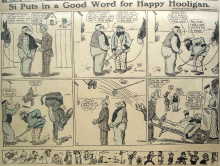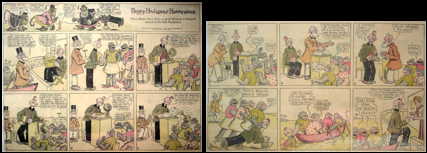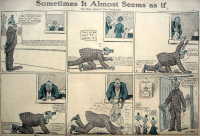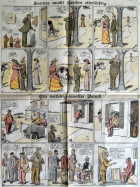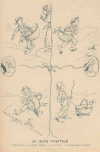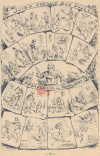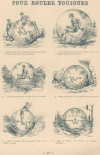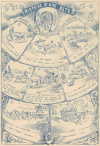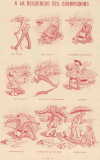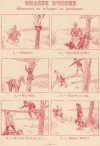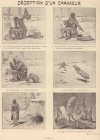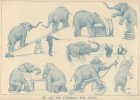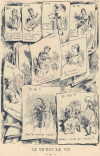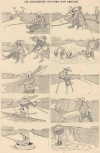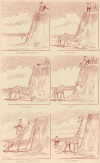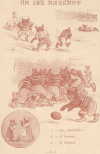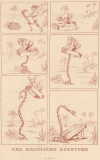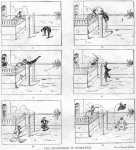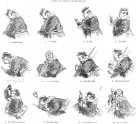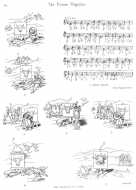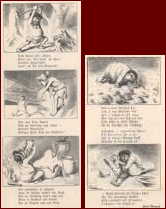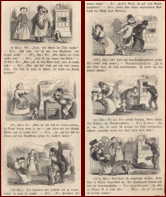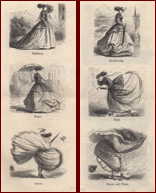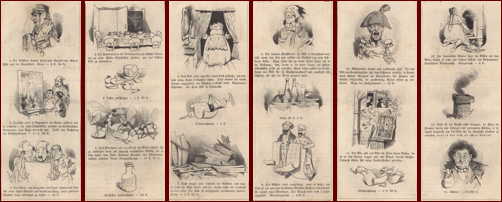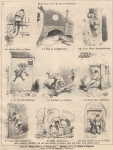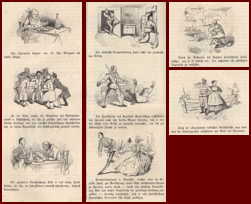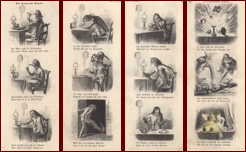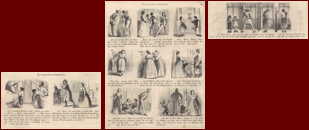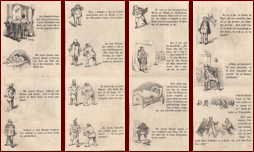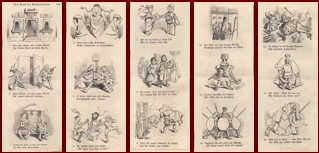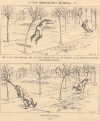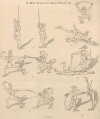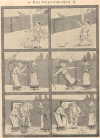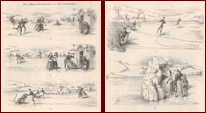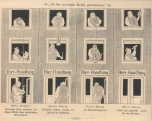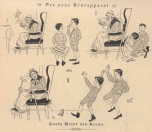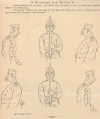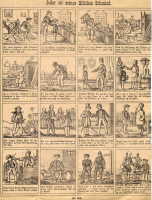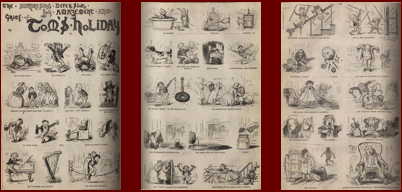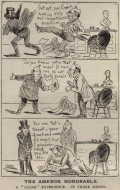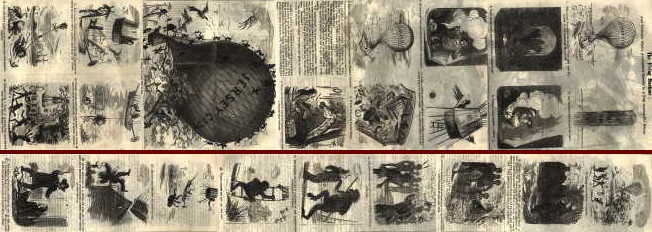The best way to return to the previous page is the backspace key (above the return key). On Macs this is the 'delete' key.
Or just click on the pictures to get back here.
Andy's Early Comics Archive
Comics from 1783 to 1929
1895-1900 (The Sunday Supplements)
Unidentified Artists (1860-1900)
Unidentified Artists (1860-1900)
Unidentified Artists (1860-1900)
Unidentified Artists (1860-1900)
Unidentified Artists (1860-1900)
Unidentified Artists (1860-1900)
Unidentified Artists (1860-1900)
A-Z (these will lead you to the artist's mini pictures above)
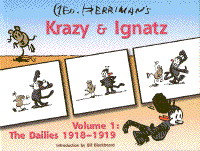
Early Comics in Print
If you have questions about early comics, please direct them to this mailing list: Platinum Age Comics
Copyright © 2011 by Andy Konky Kru
Home Early Comics Links Abstract Comics Other Comics Konky Kru
Comics from 1783 to 1929
|
This is a presentation of historical comics, intended to enlighten and amuse students of comics history, (and to provide their teachers with reference material.)
Maybe these early comics will also inspire some of today's comics artists.
Most were scanned by me, ususally from books or magazines lent to me. Sometimes I get sent a dvd with scans someone made from his own collection.
|
1895-1900 (The Sunday Supplements)
 Eventually there should be a section presenting this crucial period in more detail. At the moment I don't have sufficient material. Magazine comics from that time will remain in the preceding section. It is difficult to decide how important the development of comics in humorous magazines and in the newspapers respectively were, without studying a lot more of the work. Below you can at least sample the visual flavour of one magazine and that exciting new thing, a comics supplement, both from the summer of 1897. At the time it wasn't clear that it would be the supplements which would develop into modern comics. Magazines like Puck, which were based on German magazines of the time, such as 'Lustige Blätter', were stuck in a bit of a rut. The type of comics they presented had not changed much for 30 years. But there were other magazines, such as the German weekly 'Simplizissimus' (starting April 1896), which came up with sublimely inventive designs, and satirical adult themes. HOWEVER: Looking at this Puck and the Sunday Comics Supplement , it struck me that both the format and the audience for the latter may be the cause of significant changes. The newspaper format was much larger and cheaper, providing a lot more empty space to fill. The audience was less sophisticated, but (possibly because of this) more open to a particular type of experimentation, despite the dumb and lowbrow humour. Admittedly, this is being wise in retrospect. For whatever reason, these American Sunday pages became the breeding ground for something new. Weirder, rougher, slapdashier. Also easier, for children, but not childish. More popular. More ... somethingier. Maybe it was that new type of human being, the urban immigrant, who was most prepared and eager to pay for all this new visual goings on. As you can see in the example below, early supplements didn't actually have many comics, apart from the usual short black and white snippets, similar to those in magazines. The new, enormous areas of colour were at first used for large, sometimes complex cartoons. But sequential cartoons did start to pop up with a vengeance in the form of Hans and Fritz, the Katzenjammer Kids, based on the popular classic 'Max und Moritz' (1864) by Wilhelm Busch. These two remarkable rapscallions appeared onto this stage of coloured spreads a few months later, on the 12th of December 1897. The Busch influence was of course felt througout the 'magazine-comics-period' 1860-1900. But in young Dirks he had finally found a follower of genius, who together with other likeminded artists, and above all an avaricious public, created the new parameters of the medium. Puck 28. July 1897 Small version - Large version 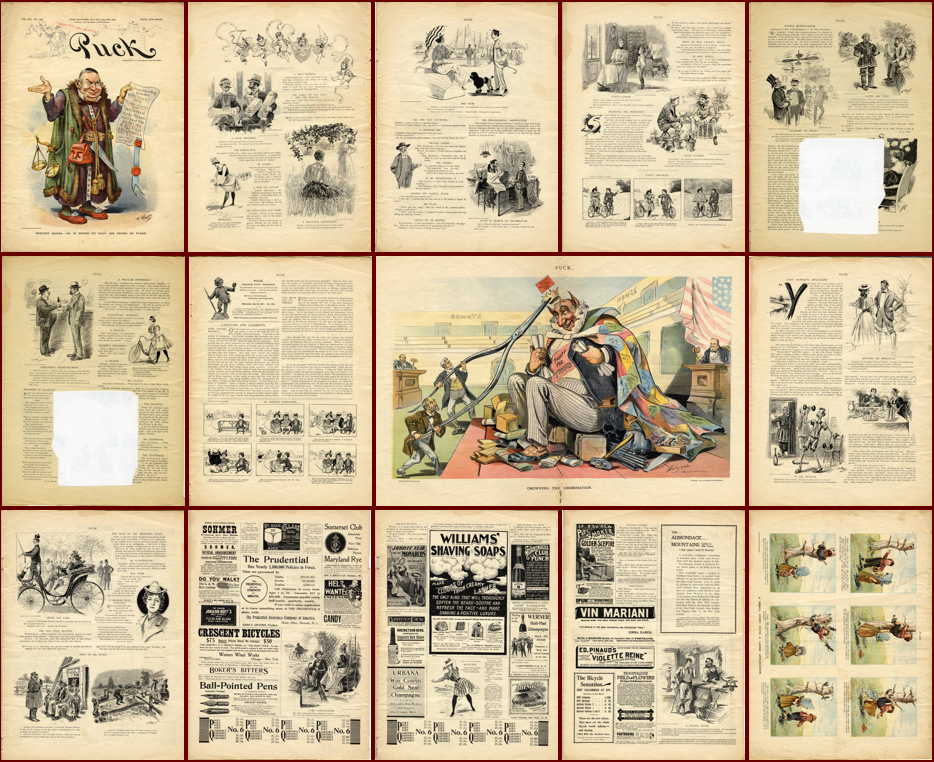 The World 'Comic Weekly' 20. June 1897 (6 pages, ie two missing) Small version - Large version 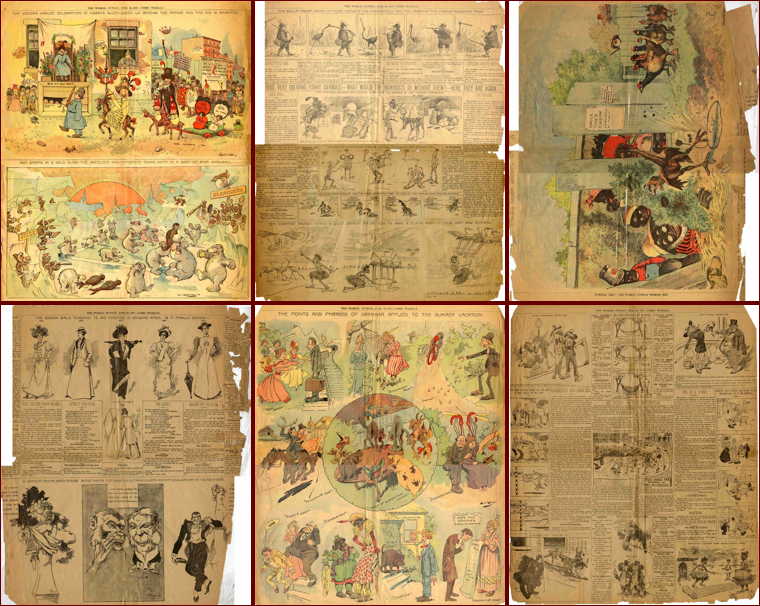 |
1900 - 1929
|
Walt McDougal Professor Jyblitz (1.2.1902)  Hank the Hermit (29.9.1912) 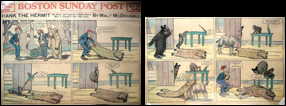
|
|
Winsor McCay Comparison of McCay dragon to German Baroque theatrical design 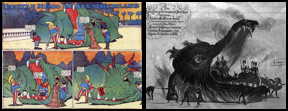 Dream of the Rarebit Fiend (19.1.1913)  Dream of the Rarebit Fiend (27.7.1913)  |
Arpad Schmidthammer (1905) This was very likely an inspiration for 'The Kinder-Kids' by Lionel Feininger. Schmidthammer's 'Mucki' had just been published when Feininger (living in Germany) was commisioned by the Chicago Tribune to come up with a comic strip. The style and content, especially the trip-round-the-world nonsense, shows similarities, although Feininger is far more inventive. - Schmidthammer himself was influenced by Busch, the plump parents are classic Busch (see Tobias Knop and wife), and the gag of hanging onto the stork is lifted from Max and Moritz.
  |
Gustav Verbeek - The Upside Downs of Little Lady Lovekins and Old Man Muffaroo - The Thrilling Adventure of the Dragon (8. Mai 1904)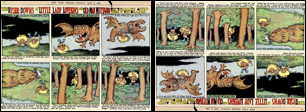 |
P. Richards 'Die Sonntagsbeilage' (The Sunday Supplement)
Berlin, 1907
-
This is probably the first text explaining the new phenomenon of American Sunday comics to a German audience.
P.Richards was a German-American cartoonist, working in America. This is from a book of recollections, called 'Zeichner und Gezeichnete' .
Zeichner means draughtsmen/graphic artists /drawers' (Gezeichnete means 'those which have been drawn')
 |
Unidentified Artists (1860-1900)
|
from Harper's Round Table, 1897 280 - - How Tommy made one Skate do (Kemble?)  544 - - An African Bridge  784 - - 'An Interesting Article' S.I.Theriat ?  864 - - 'An Unintentional Exchange' Hilder?  912 - - 'The Adventures of a Cartwheel' Hilder?  960 - - 'A New Wag to an Old Tale' (imitator of Frost)  1008 - - 'A Cat Tale'  1176 - - 'The Patent Sure-to-arrouse Alarm Clock' (A.Berk ?) Note the interesting use of stars as sound icons in the first panel!  1200 - - 'The Artist and his Model' gag pinched from Frost, as is the style. Very nicely done though.  |
Unidentified Artists (1860-1900)
Unidentified Artists (1860-1900)
Unidentified Artists (1860-1900)
Unidentified Artists (1860-1900)
|
from Fliegende Blätter vol 48 (1866) 'Zwei Engagements' (1866) (1866) 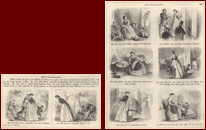 'Wie das Ausweichen oft schwer ist' (1866) 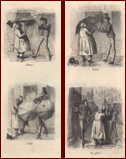 'Das Zuckerfass' (1866) R.G. 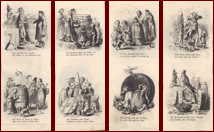 'Wochenkalender für moderne Liebe' (1866)  not a comic - (Hexe Walpurga) (1866)  |
Unidentified Artists (1860-1900)
Unidentified Artists (1860-1900)
A-Z (these will lead you to the artist's mini pictures above)

Early Comics in Print
If you have questions about early comics, please direct them to this mailing list: Platinum Age Comics
Copyright © 2011 by Andy Konky Kru
Home Early Comics Links Abstract Comics Other Comics Konky Kru
